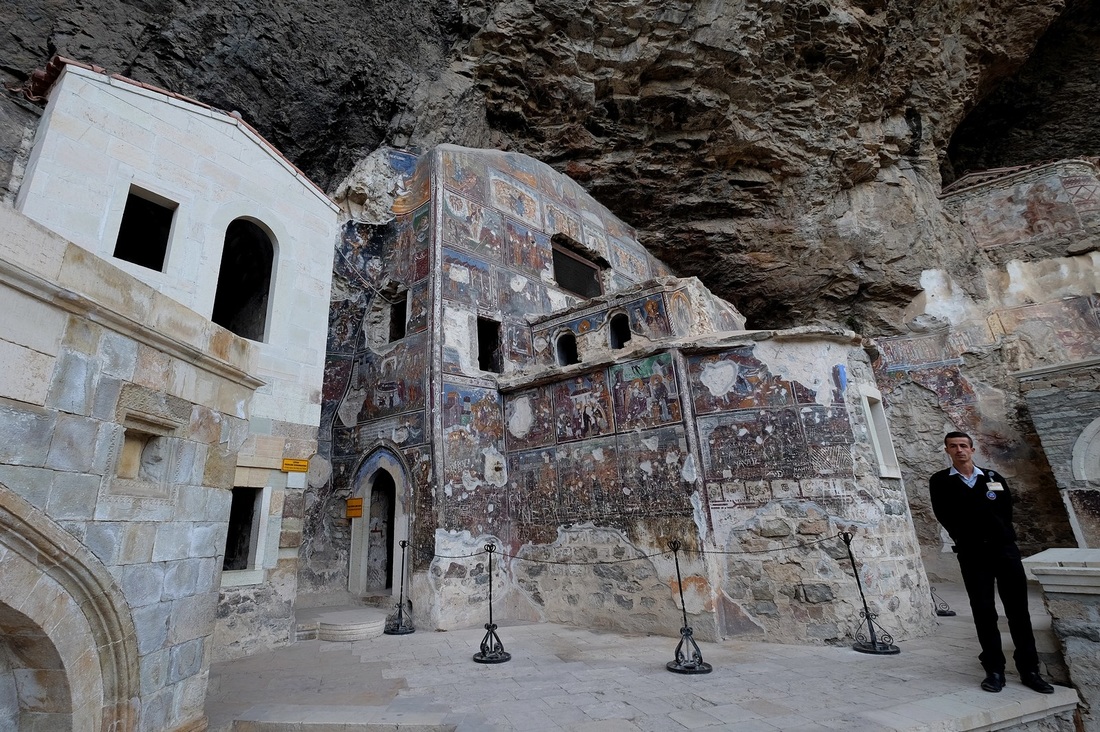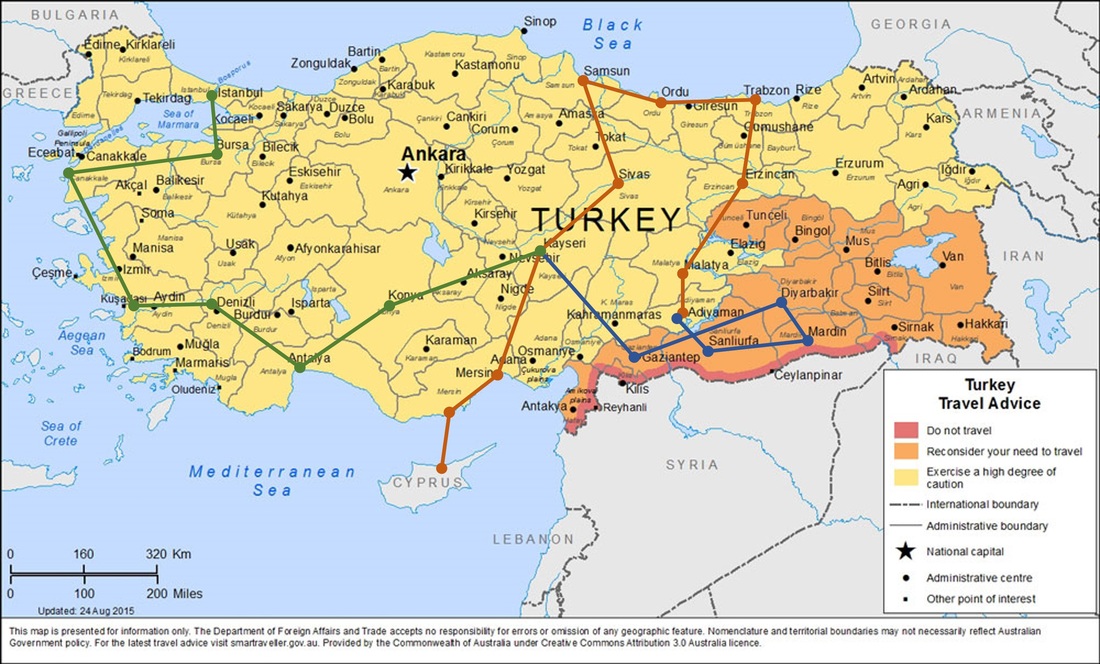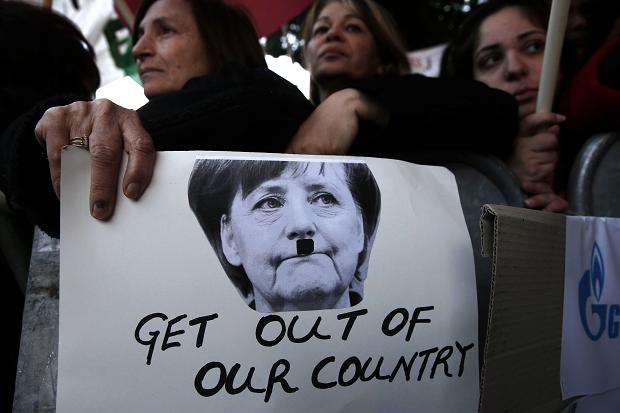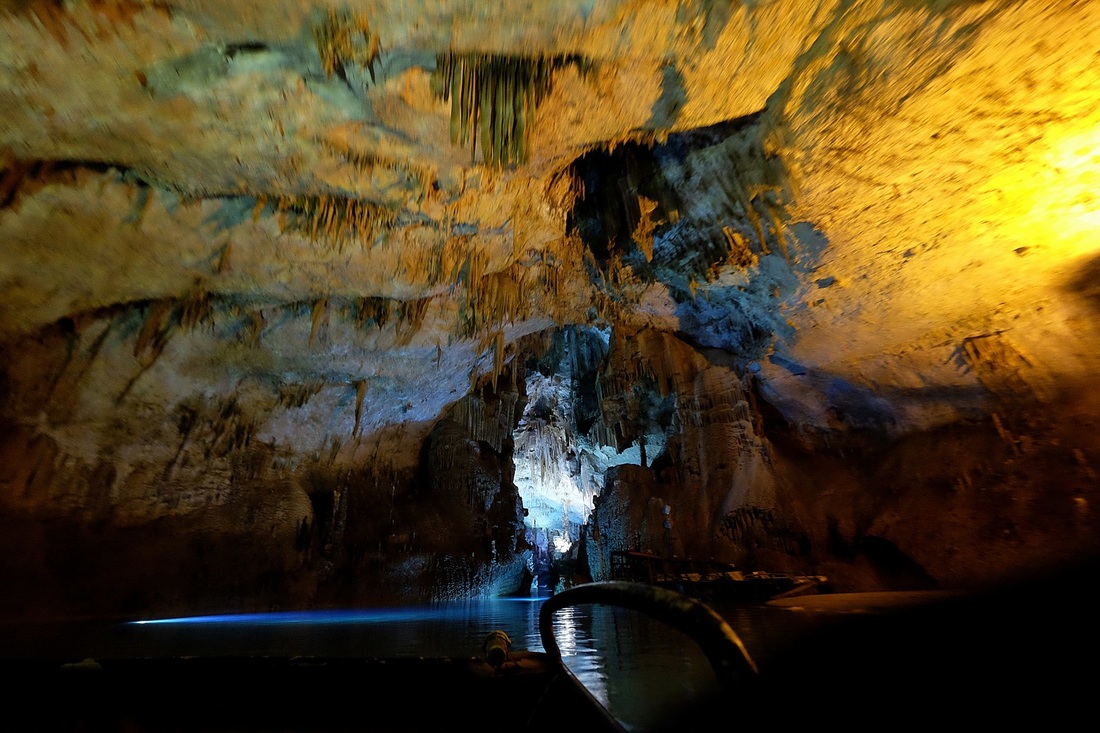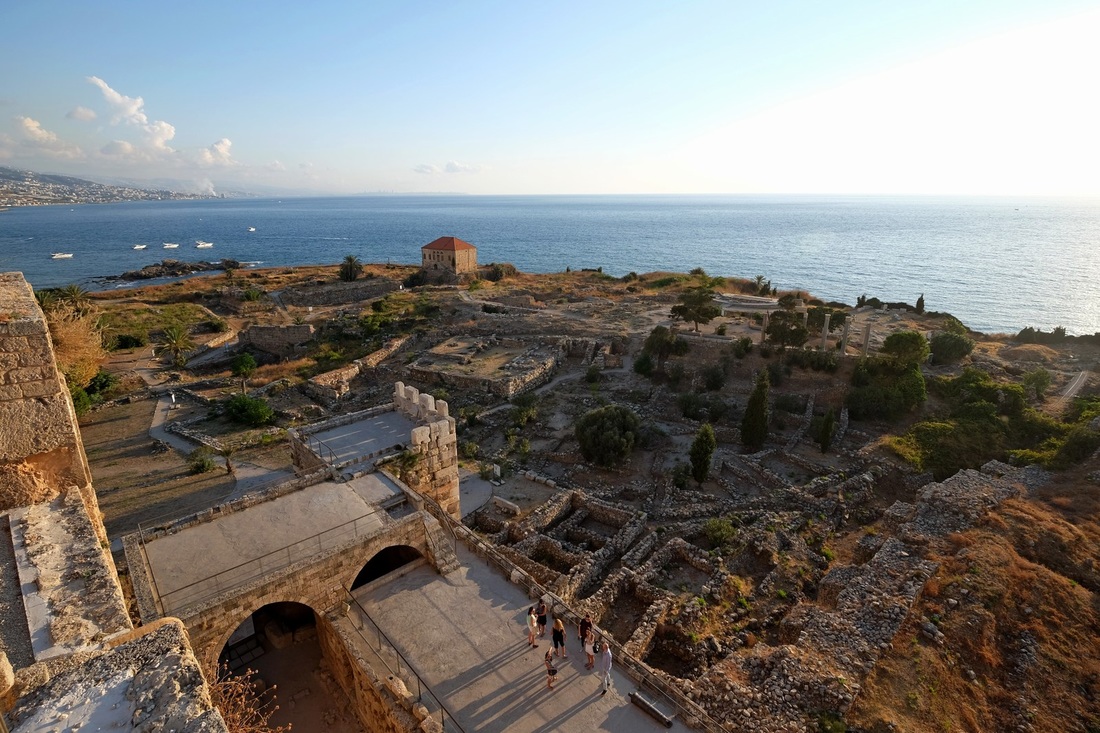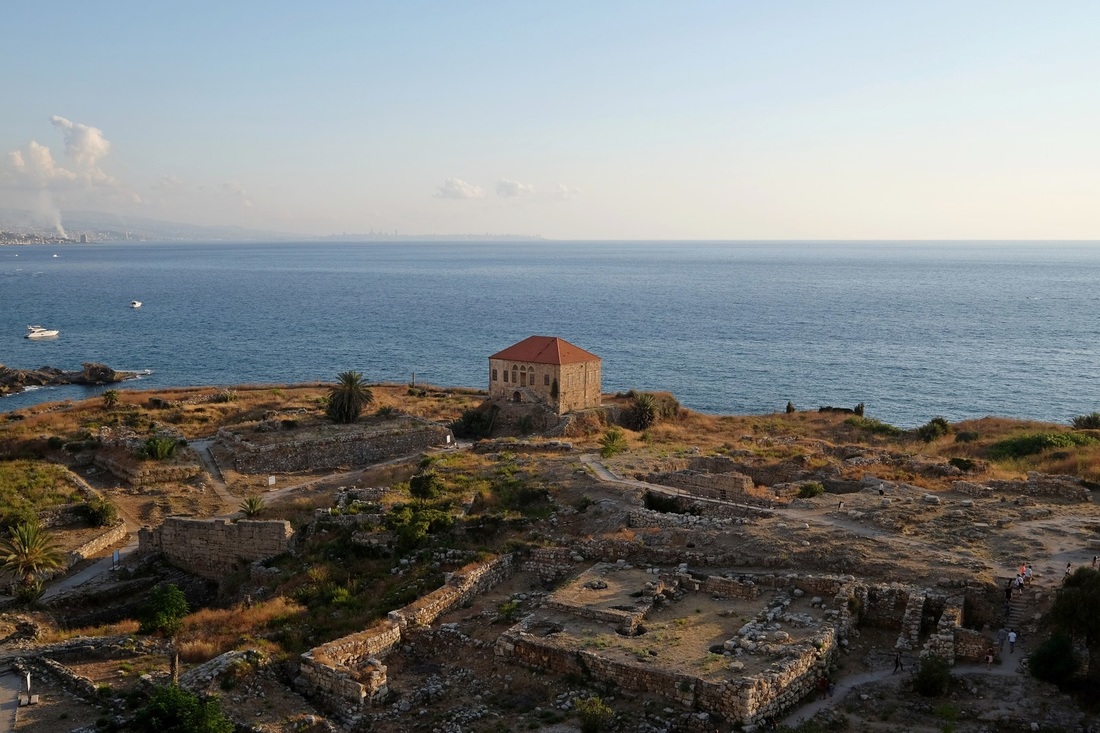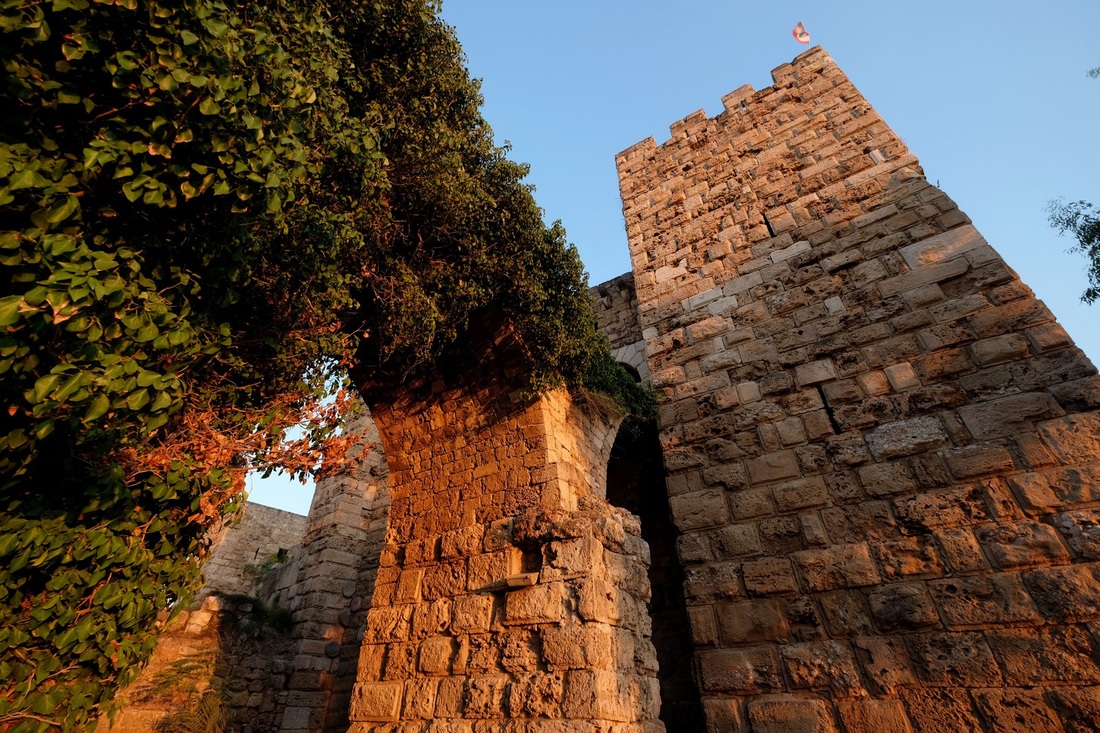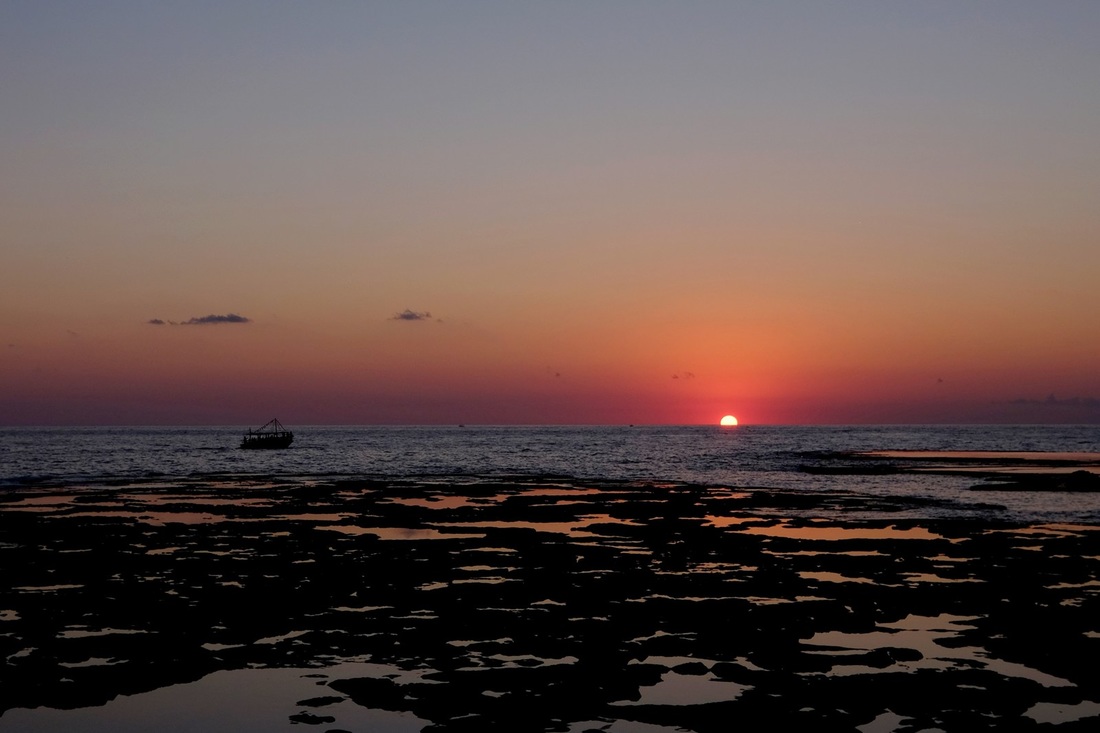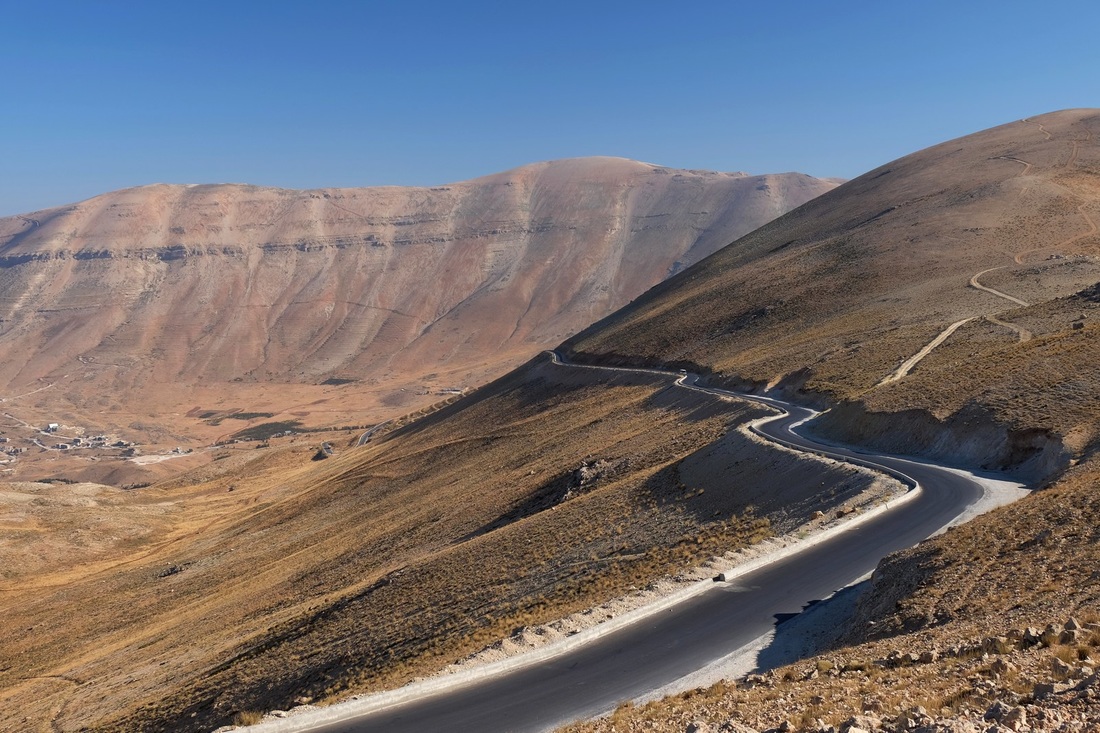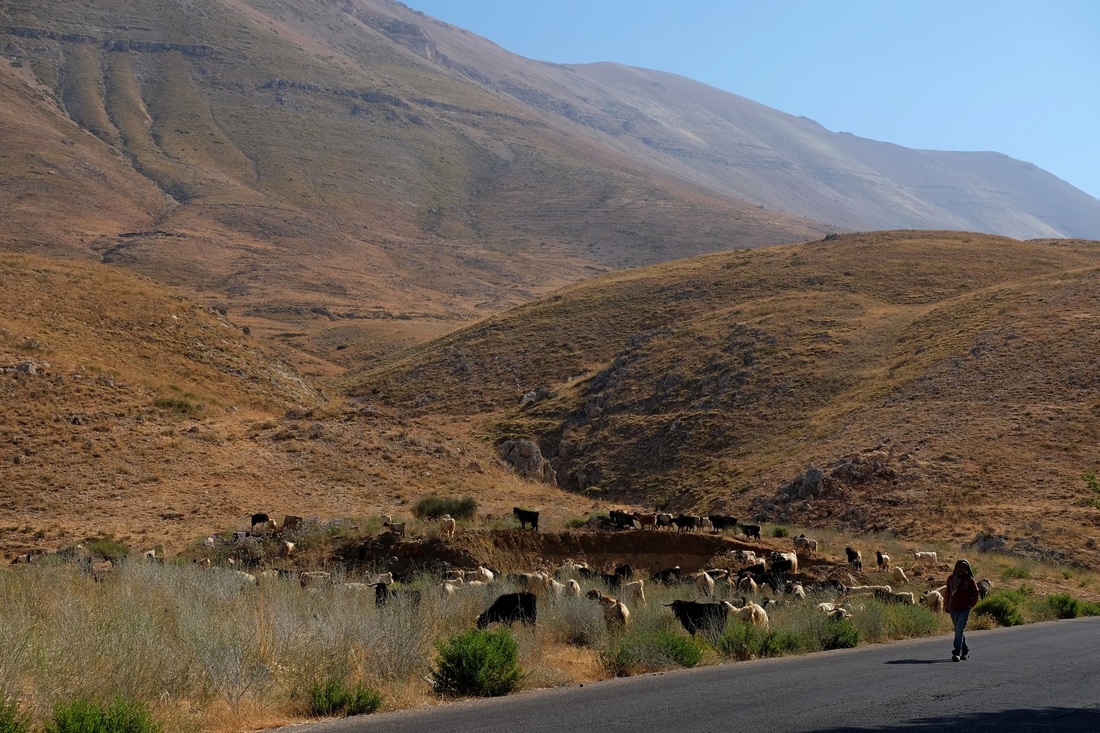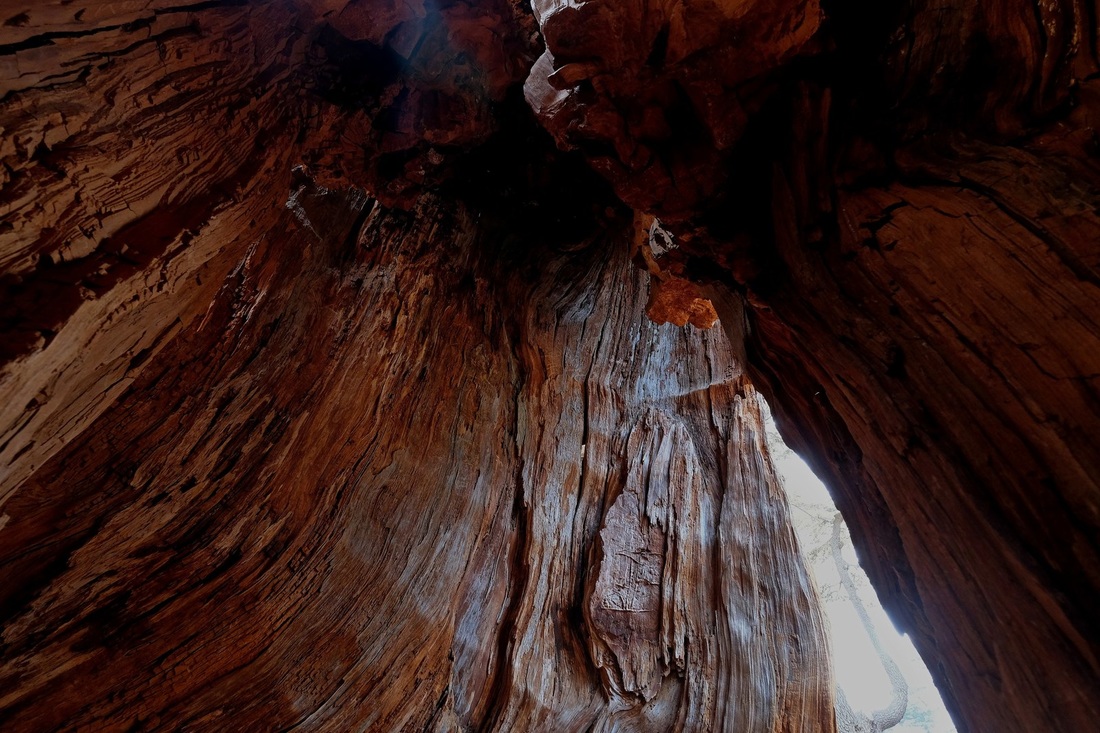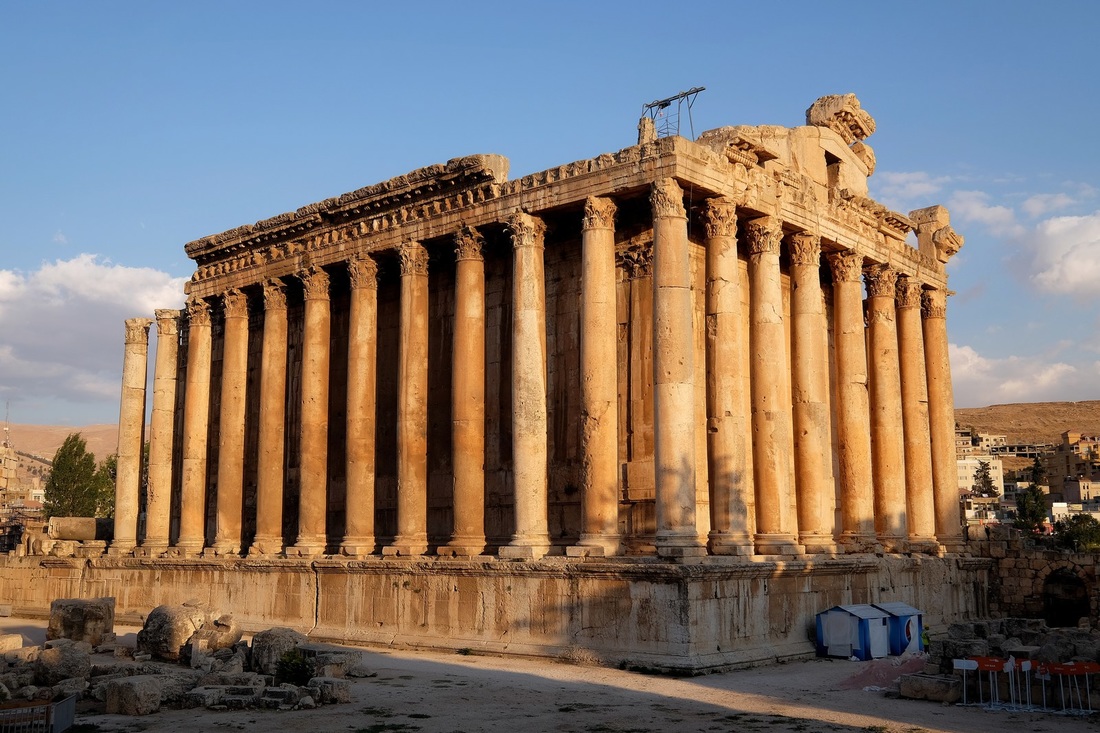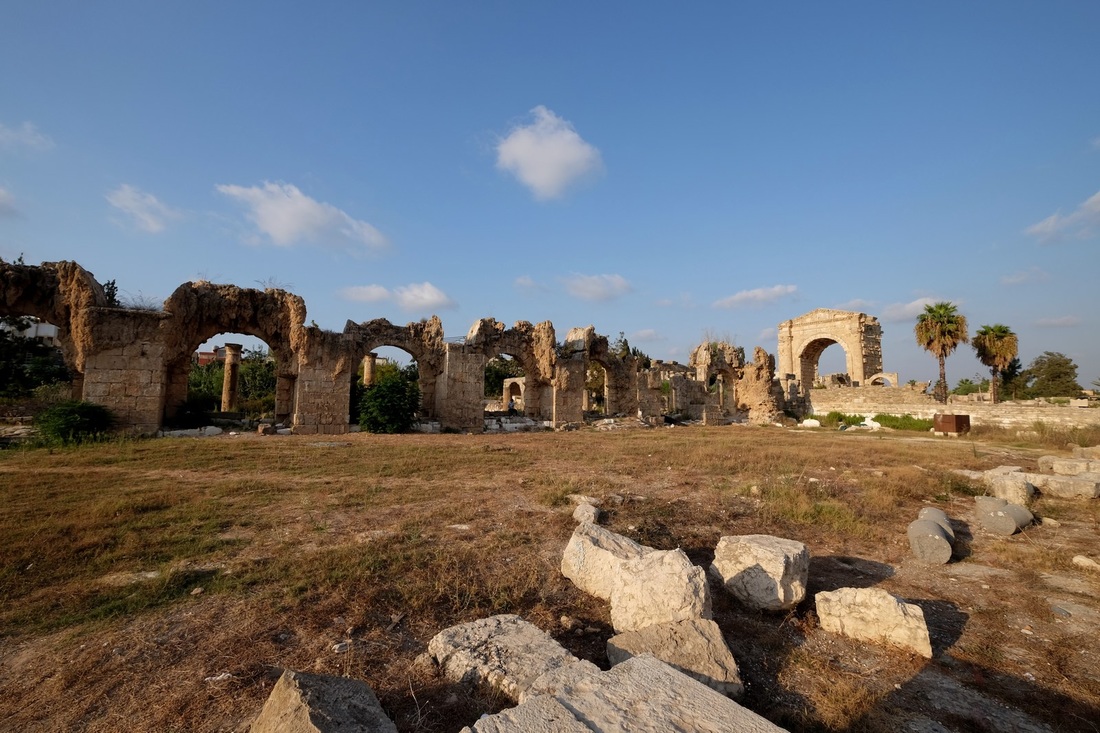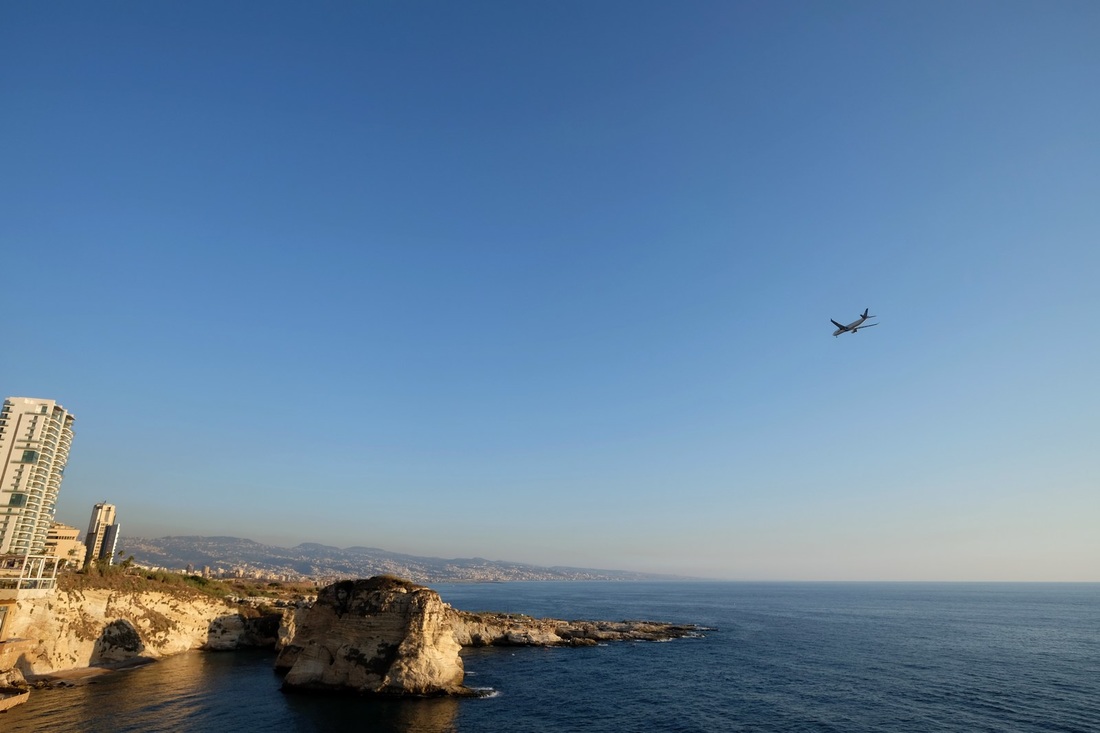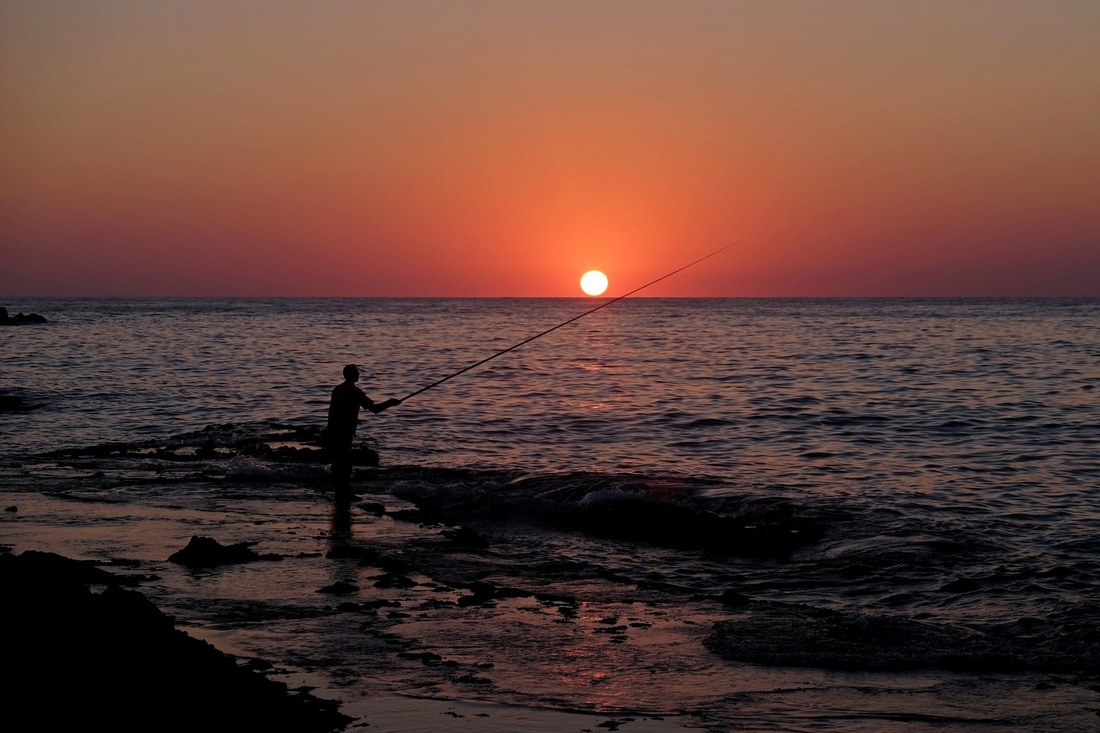Rizvaniye Camii (Mosque) and Medresesi (School) in Sanliurfa.
T plus 126 - Southeastern Turkey (Mount Nemrut & Sanliurfa)
Yay! The pretty pictures are back.
Following my earlier update, I've traveled from Trabzon on the coast of the Black Sea in the North to Mount Nemrut, somewhere in the middle, then onwards to Sanliurfa, which is in the Kurdish heartland of Turkey. It's been a tough trip because there are very few direct buses and I had to spend a lot of time shuttling between transportation hubs i.e. bigger cities. The nicest bits of this region, however, are in the smaller towns, and it takes some effort to get to them.
Some photos from my bus-ing around:
Yay! The pretty pictures are back.
Following my earlier update, I've traveled from Trabzon on the coast of the Black Sea in the North to Mount Nemrut, somewhere in the middle, then onwards to Sanliurfa, which is in the Kurdish heartland of Turkey. It's been a tough trip because there are very few direct buses and I had to spend a lot of time shuttling between transportation hubs i.e. bigger cities. The nicest bits of this region, however, are in the smaller towns, and it takes some effort to get to them.
Some photos from my bus-ing around:
Jesus, that's pretty.
This is the Sumela Monastery, a Greek Orthodox structure dedicated to Christ and the Virgin Mary. Yes, the guy at the very top of the bottom pic is Jesus, with a halo around his head. The other frescoes depict biblical scenes and the colours used are truly stunning. The monastery was founded in the 4th century but most of the frescoes were only added from the 15th to the 18th century. The structure is carved right into the rock face on a cliff 1,200m high. It's about 45km south of Trabzon, so it's not really in Southeast Turkey, but I thought I'd include it in this series because it's really very nice.
This is the Sumela Monastery, a Greek Orthodox structure dedicated to Christ and the Virgin Mary. Yes, the guy at the very top of the bottom pic is Jesus, with a halo around his head. The other frescoes depict biblical scenes and the colours used are truly stunning. The monastery was founded in the 4th century but most of the frescoes were only added from the 15th to the 18th century. The structure is carved right into the rock face on a cliff 1,200m high. It's about 45km south of Trabzon, so it's not really in Southeast Turkey, but I thought I'd include it in this series because it's really very nice.
This is what the monastery looks like from the other side of the valley, which I didn't have time to get to. Now I usually don't like posting photos which aren't mine, but this one really puts the monastery's cliff-face-location into context. Photo from www.ancient-origins.net.
Mount Nemrut's temples and the colossal "beheaded" statues. The history of this places goes way back to the 1st century BC when Antiochus, ruler of the Commagene Kingdom built these gigantic structures to honour, well, himself. Over the centuries, the heads of the statues were separated from their bodies, but amazingly, both remain in excellent condition. In the top pic (from the right), they are identified as Aslan (lion), Kartal (eagle), the three gods Heracles, Apollo and Zeus, the Goddess of Commagene, King Antiochus and another Kartal. Clearly Antiochus saw himself as a god-king, fit to sit an an equal amongst the other gods of his era. Sadly, his reign only lasted 26 years because he foolishly sided with the Parthians in their war with the Romans, and guess who won?
What is really fascinating is how the statues have Greek-styled facial features but clothing and hair from Armenian and Persian influences. Some of the gods too, are dualistic in nature e.g. Zeus/Ahura Mazda (the Persian Zoroastrian omnipotent god), Apollo/Mithras (the Persian pre-Zoroastrian sun-god) and Heracles/Vahagn (the Armenian god of fire and war). It's believed that Antiochus was trying to reconcile the different religions in his kingdom by combining influences from each.
The massive mound you see behind the statues is not naturally formed - it's a tomb complex constructed of rocks piled 50m high.
What is really fascinating is how the statues have Greek-styled facial features but clothing and hair from Armenian and Persian influences. Some of the gods too, are dualistic in nature e.g. Zeus/Ahura Mazda (the Persian Zoroastrian omnipotent god), Apollo/Mithras (the Persian pre-Zoroastrian sun-god) and Heracles/Vahagn (the Armenian god of fire and war). It's believed that Antiochus was trying to reconcile the different religions in his kingdom by combining influences from each.
The massive mound you see behind the statues is not naturally formed - it's a tomb complex constructed of rocks piled 50m high.
Mount Nemrut is located about 50km from the small town of Kahta and the drive there and back (top pic) is very scenic. The second pic is of a Roman bridge built in the name of Emperor Septimius Severus in the 2nd century. The last two pics are of the ruins of a 13th century Mamluk castle. In the close-up (last pic), note how seamlessly the castle walls flow into the rock face.
This is Sanliurfa (or "Urfa") - my favourite city in the Southeast (so far). Also known as the "City of Prophets", Urfa is one of Turkey's most religiously-significant cities. It is said that the prophet Ibrahim (Abraham) was condemned to burn on a stake here by Assyrian King Nimrod, but God turned the fire into water and the burning coals into fish. A vast garden was constructed to symbolise this historical event and even today, people come from all over to pay homage and to feed the sacred carp which swim freely in the garden's waterways.
The top pic is a top-down view of Mevlid-i-Halil Mosque, and of the surrounding gardens and city. The second and third pics are of Rizvaniye Mosque and its splendid waterfront arcade. The third pic shows a man in prayer, facing the waters teaming with fish.
The top pic is a top-down view of Mevlid-i-Halil Mosque, and of the surrounding gardens and city. The second and third pics are of Rizvaniye Mosque and its splendid waterfront arcade. The third pic shows a man in prayer, facing the waters teaming with fish.
The beautiful entrance portal of the 13th century Rizvaniye Mosque and the interlocking black and white stones which give it such a striking appearance. No, it is most definitely not paint!
A little bridge across one of the garden's many waterways. Here, you can really see the supposedly sacred carp.


